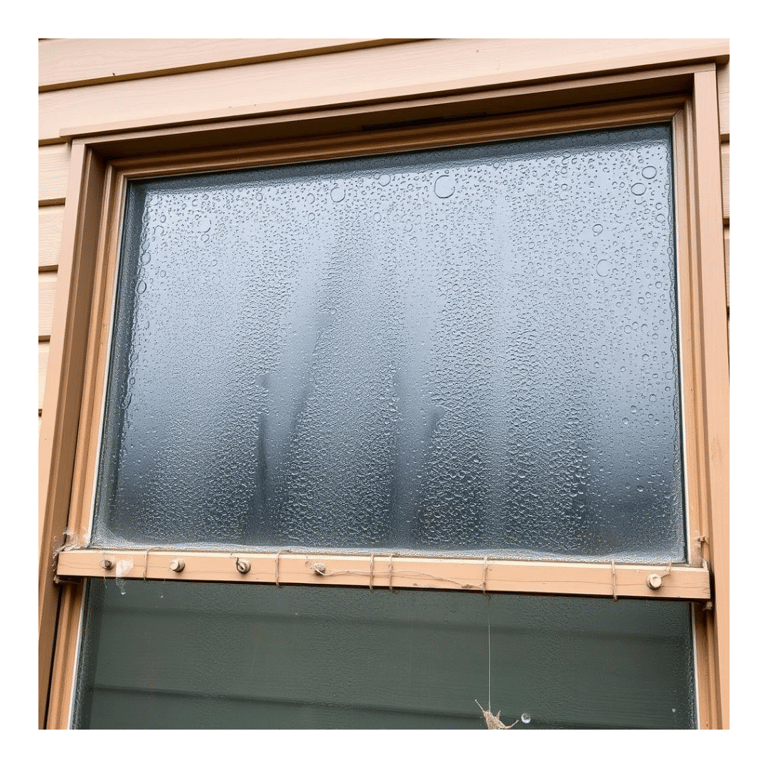email - info@lowenergybuild.com call - 0208 058 8240
The importance of Moisture Management within our Homes
Learn how proper moisture management prevents mould, protects the home’s structure, improves air quality, and supports an energy-efficient living environment.
MOISTURE CONTROL
10/31/20252 min read


Moisture within our homes can come from various sources:
· Respiration and Sweating: People release moisture through breathing and sweating. A typical person can generate up to 5 litres of moisture per day!
· Cooking: Steam from cooking contributes significantly to indoor moisture.
· Showering and Bathing: These activities release substantial amounts of water vapor.
· Outdoor Air Infiltration: Moisture can enter homes through gaps and openings within the building envelope.
Consequences of Excessive Moisture
If not managed properly, excessive moisture can lead to:
· Condensation: Water droplets form on surfaces, often seen on windows and walls.
· Mould Growth: An ideal environment for mould, which can cause health issues and structural damage.
· Damp: Musty odours develop due to moisture accumulation.
Luckily there are several ways we can look to effectively manage moisture by understanding the importance of good design and detailing:
· Thermal Bridge Analysis: Correct thermal bridge detailing can help to eliminate cold spots in the building envelope that otherwise could create environments where mould and condensation could thrive. Every thermal bridge detail modelled by Low Energy Build will give a “Surface Temperature Factor”, which then can be used to assess the likelihood of mould and condensation build up at that detail.
· Hygrothermal Analysis of Building Components: We can model proposed construction build ups under actual climatic conditions to simulate the effects of moisture within the construction. Driving rain & solar radiation assessed alongside the material properties of all the components allows us to determine the moisture balance within the detail at an early stage.
· Ventilation Systems: A well-designed ventilation strategy is critical to maintain healthy indoor air quality. Mechanical ventilation systems will remove stale conditioned air and replace this with fresh filtered outdoor air.
· Airtightness Strategy: A well-designed airtightness strategy, considered alongside the ventilation strategy mentioned above is critical for moisture management within the home. In doing so we can control and manage the flows and routes of air in and out of the property and prevent moisture diffusion into the building assembly.
· Heating Systems: Maintain a consistent temperature to prevent condensation. An efficient well designed heating system can help to increase the airs capacity to hold moisture as it is warmed lowering the risk of moisture accumulation.
By implementing these strategies, we can reduce the risks associated with excessive moisture and maintain a healthy, comfortable living environment. Get in touch with us to learn more about how Low Energy Build can help you with these solutions.
Get in touch
0208 058 8240
info@lowenergybuild.com


